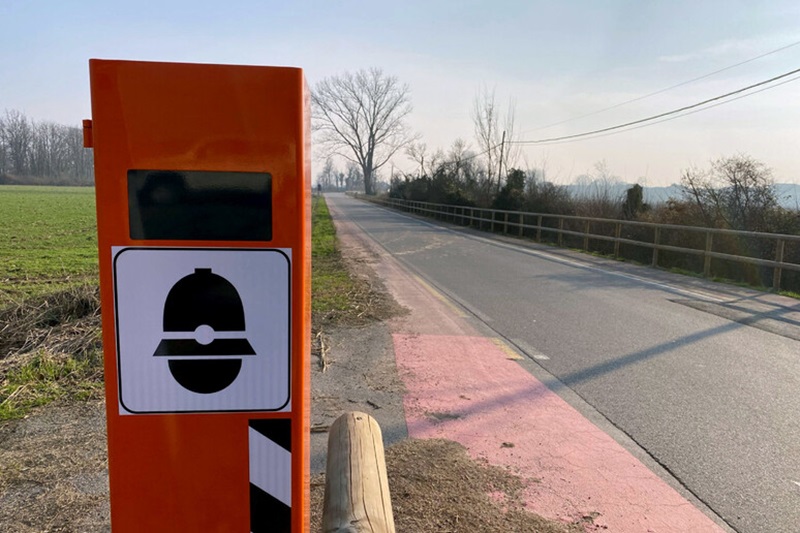The decree of the Ministry of Infrastructure on radars will end in the Official Journal tomorrow, May 28. And it will come into effect immediately. This means that municipalities will have to adapt to the new rules. Which are, explained Matteo Salvini, “essential to ensure that radars are used safely where they are really needed”. And not “as an additional tax”. Municipalities will have 12 months to put them into practice. However, experts say, it is best for them to act immediately. If only to avoid recourse that could arise in the event of sanctions imposed on the basis of a now banned radar.
The text in the Official Journal
According to the text which will soon arrive in the Official Journal, municipalities will have to ask the prefect for approval of mobile radars. Demonstrating that on the road where we wish to install it, motorists frequently exceed the speed limits. The signs must then announce the presence of the radar at least one kilometer away on extra-urban roads, 200 meters away on urban roads and 75 meters away on all others. Then comes the stopping of radars below 50 kilometers/hour in town. On the other hand, outside of built-up areas, they cannot be installed where the speed limit is more than 20 kilometers lower than that set by the highway code. However, the text does not address the issue of device approval. Until the dual probate vulnerability is cured, he writes today RepublicAll fines issued with radar are likely to be appealed.
The new rules
Concerning the adaptation times, Luigi Altamura, commander of the Verona police and member of the local police coordination table of the ANCI, explains to the newspaper that “if a municipality knows that this radar no longer meets the characteristics of the decree, it would be logical and desirable to immediately stop the sanctions with this system, while waiting for it to be brought into compliance. Otherwise, this would give rise to thousands of appeals.” But now, it is becoming more difficult for municipalities to install radars “because for this, authorization from the prefect is always required. Even the use of “mobile” devices “, those mounted on tripods on the sides of the streets and piloted by the local police, will have, with the new text, to be coordinated with the prefecture, whereas previously mayors could act autonomously. Municipalities will have to demonstrate that it there is a high rate of accidents on the stretch of road where they want to install a new electronic eye, providing “an accurate analysis of the number, type and, above all, causes”.
What about cities at thirty miles an hour?
The new rules will also serve to stop plans to limit speeds to 30 kilometers per hour in residential areas: The Minister of Transport explained that “the speed detected by the radars will be set to that provided by the code for each type of road , i.e. 50 km in urban centers”. This means that – apart from cycle paths and cycle and pedestrian paths – municipalities will not be able to install electronic eyes in areas where the limit is set at 30 per hour Exceptions are only provided for in very specific cases, such as for example in the case of “criticality of the plano-altimeter route”.


